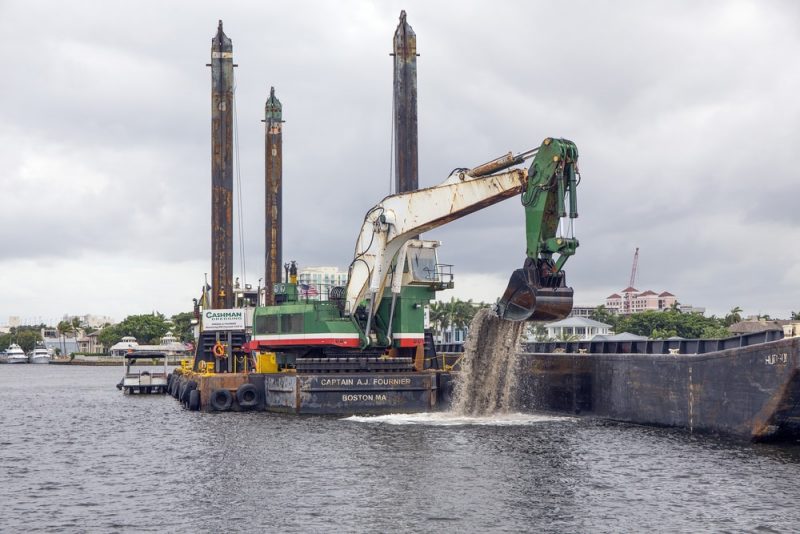


We examine three broad domains of engineering and geo-disturbance in the region, including the development of transport corridors, micro and macro-scale water management, and landforms remade by erosion and sedimentation. This paper offers an integrated regional history of anthropogenic change across the SMDB, identifying historical processes driving complex ongoing interactions between human activities and the natural environment. The subsequent development of mining, transport and irrigation infrastructure re-engineered the region’s landscapes to meet human objectives and ambitions. The arrival of British colonists in the 19th century disrupted millennia of human management of the region and brought widespread changes to biota and soils. Human activities over the past 200 years have fundamentally transformed the shape of Australia’s southern Murray Darling Basin (SMDB). Results of the research suggest that tailings dams and sludge channels in this catchment are important archaeological evidence for early attempts to manage industrial waste. Our case study of the Three Mile-Hodgson Creek system on the Ovens (Beechworth) goldfield in northeast Victoria indicates that miners mobilised up to 7.3 million m 3 of sediment in this small catchment alone. Archaeological and geospatial landscape survey are combined with historical data modelling and geomorphological analysis to examine the extractive processes that produced sediment in headwater regions and how this influenced fluvial processes operating on downstream waterways and floodplains. This paper presents results from a multidisciplinary research program investigating the environmental effects of 19th-century gold mining on waterways in southeastern Australia.

During the 19th century the shift from artisanal to industrialised mining resulted in a rapid increase in the scale and extent of environmental change. Large-scale water use in mining produced waste sands, gravels and silts that were flushed downstream, triggering changes in stream and floodplain morphology and function. Prior to the 20th century this was most efficiently achieved through harnessing the motive power of water. Mobilisation of large volumes of bedrock, regolith and soil has long been a characteristic feature of metal mining.


 0 kommentar(er)
0 kommentar(er)
